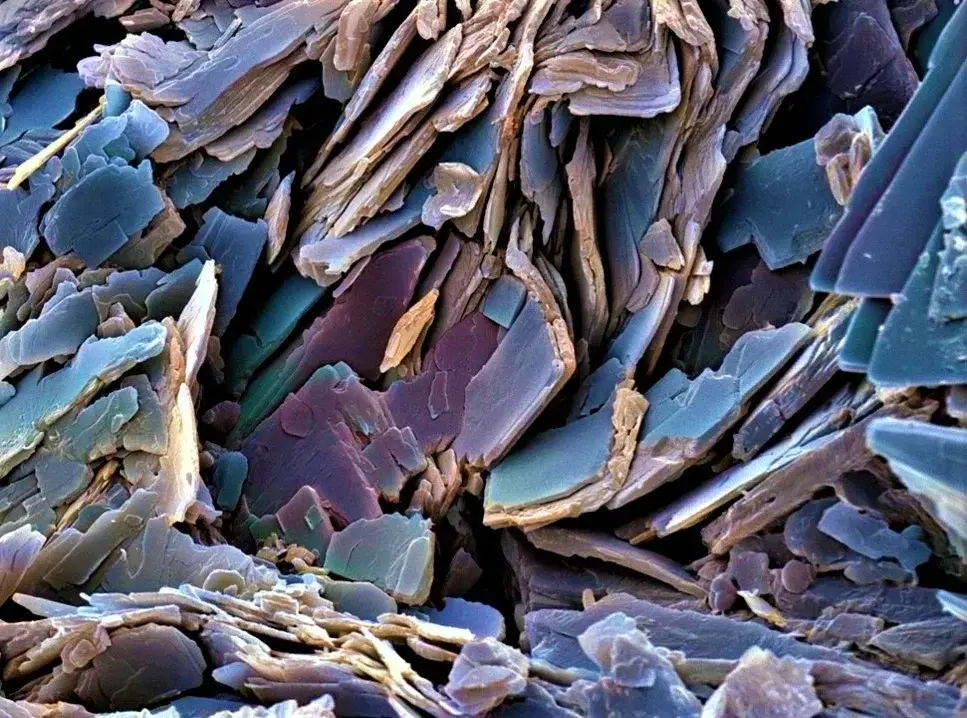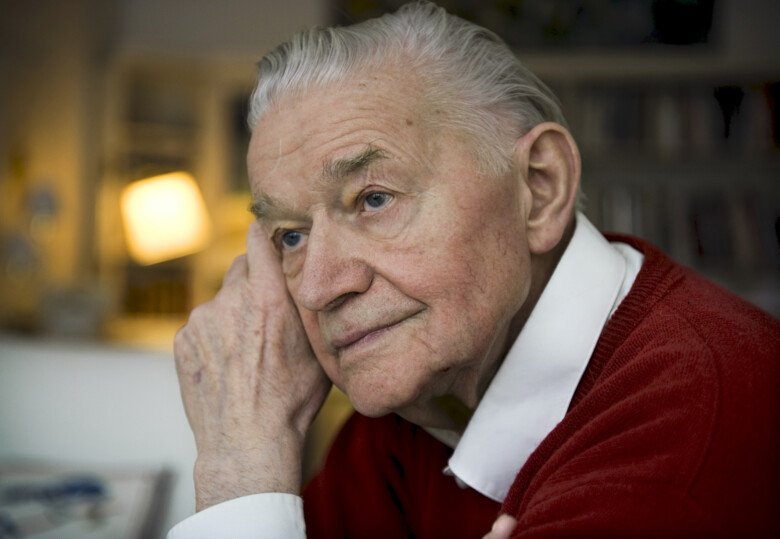The Lennart Nilsson Award
The Lennart Nilsson Award Foundation was established in 1998 in recognition of the world-renowned Swedish photographer Lennart Nilsson and his extraordinary body of work. It's main aim is to promote education, training and research within the medical, biological and engineering sciences through the use of images.
The awarded amount is SEK 120 000 and the prize ceremony will take place in connection with the installation ceremony for new professors at Karolinska Institutet, Stockholm.

Prize winner 2025 - Maximilian Ackermann
Dr. Maximilian Ackermann, currently working as a Professor of Pathology at the RWTH University Clinics Aachen and Helios University Hospital Wuppertal, Germany, and as anatomist at the Johannes Gutenberg University Mainz is awarded the 2025 Lennart Nilsson Award for his outstanding contributions to scientific imaging, revealing critical insights into diseases, such as COVID-19 and cancer.
Motivation:
“The Lennart Nilsson Award 2025 is presented to Dr. Maximilian Ackermann. Dr. Ackermann is honoured for his outstanding contributions to scientific imaging, embodying the spirit of Lennart Nilsson by making the invisible visible. His pioneering work, particularly in developing and applying advanced techniques like hierarchical Phase-Contrast Tomography (HiP-CT) and artistic scanning electron microscopy, contributes to advancing our understanding of complex biological structures and disease.
Dr. Ackermann's visually stunning and scientifically significant images have revealed critical insights into diseases such as COVID-19 and cancer, presenting scientific breakthroughs to the world in beautiful, unique, and powerful ways. He has an extraordinary ability to translate intricate scientific concepts into compelling visual narratives.”
Previous prize winners
2024 - Csaba Adori
2023 - Fredrik Pleijel
2022 - Martin Oeggerli
2021 - Stephen Gschmeissner
2020 - Jan Huisken
2019 - Ed Boyden
2018 - Thomas Deerinck
2017 - Xiaowei Zhuang
2016 - Alexey Amunts
2015 - Katrin Willig
2014 - Timothy Behrens
2012 - Hans Blom
2011- Nancy Kedersha
2010 - Kenneth Libbrecht
2009 - Carolyn Porco and Babak A. Tafreshi
2008 - Anders Persson
2007 - Felice Frankel
2006 - Satoshi Kuribayashi
2005 - Frans Lanting
2004 - Göran Scharmer
2003 - David Barlow
2002 - Oliver Meckes and Nicole Ottawa
2001 - David Doubilet
2000 - David Malin
1999 - James Henderson
1998 - Nils Åslund

About Lennart Nilsson
Born in Strängnäs, Sweden, on August 24, 1922, Lennart Nilsson began his career as a freelance photojournalist. His work spans more than seven decades, beginning in the early 1940s when modern photojournalism made its breakthrough in Sweden.
His early photographic essays, including A Midwife in Lapland (1945), Polar Bear Hunting in Spitzbergen (1947), Congo (1948) and Sweden in Profile (1954) gained international attention through publication in leading photojournalism magazines such as Life, Picture Post and Illustrated.
In the 1950s, Nilsson began experimenting with new photographic techniques including macro- and microphotography, which led to the books, Ants (Myror) and Life in the Sea (Liv i hav).
In the 1960s, the use of specially designed, ultra-slim endoscopes made it possible for Nilsson to capture on film the inner workings of blood vessels and various cavities of the human body. The book A Child is Born (Ett barn blir till) first published in 1965 is undoubtedly Nilsson’s most famous work.
In the 1970s, Nilsson began to use the scanning electron microscope to capture images of the inner workings of the human body. This shift in the focus of his work gave Nilsson the opportunity to work on the premises of Karolinska Institute.
What remains remarkable is the combination of his unending patience to fully explore his subjects, combined with a journalist’s eye, artist’s sense of form and colour, and technician’s inventive skills to maximize available light and capture spectacular images.
In 1976 Lennart Nilsson was awarded an honorary doctorate at Karolinska Institutet. In 2009 he was given the title Professor’s name by the Swedish Government and in 2012 he was awarded the Karolinska Institutet Jubilee Medal (Gold class) for his long-standing and groundbreaking contributions to the development and innovative advancement of medical photography.
Lennart Nilsson passed away in January 2017.
